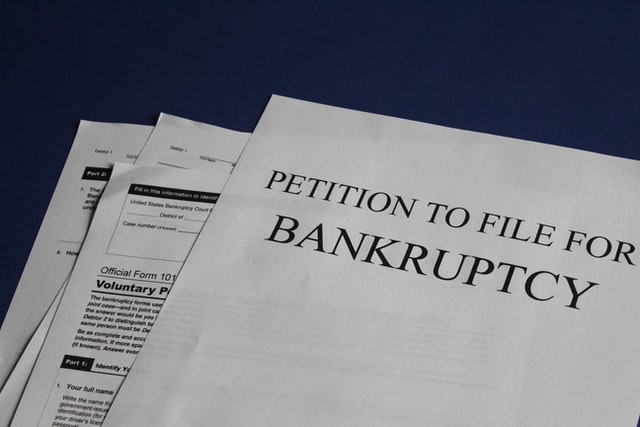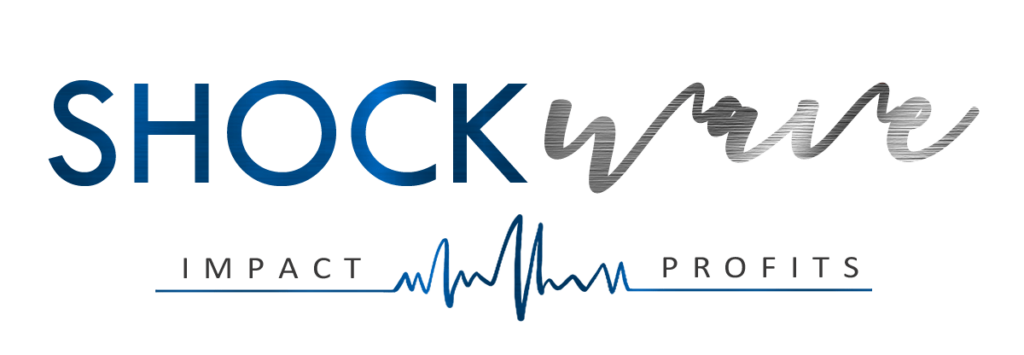Learning From Disaster

By Richard Parkin
Any business that hasn’t experienced a disaster of some kind just hasn’t been running for long enough. Whether it’s an accident or a miscalculation, things go wrong – problems are every bit as natural as successes.
Because of that, knowing how to make the best out of any situation is a vital skill for entrepreneurs. Handled correctly, even business-threatening disasters don’t have to cause problems: they can become real revenue drivers.
While every company’s circumstances are different, the skills you need to rechannel disaster into success are often fairly universal. Here’s three real-world examples of companies faced with disaster, how they turned the situation around – and what you need to learn from them.

Apple’s Near-Bankruptcy
Probably the single most successful turnaround in corporate history. Looking at Apple’s vast revenue and stock valuation today, it’s hard to imagine them in any kind of financial difficulty. Through the 80s and early 90s, the story was very different.
With Microsoft-sold operating systems like MS-DOS and Windows 95 taking a near-monopolistic market position, Apple found themselves pushed out of any kind of competitive position, with the possibility of bankruptcy looming. After a major reshuffle, Apple started to focus on separating themselves from the rest of the market.
While most desktops had a relatively generic design, targeting serious PC professionals, Apple took aim at a more casual audience, with products like the iMac G3 designed for serious aesthetic impact. Through the next few decades, Apple continued to focus on appearance and convenience, while targeting a more trendy, aesthetically-conscious audience than their competitors.
By changing their marketing approach, leaning into the sense of exclusivity that became their unique selling point, Apple was able to entirely turn around their financial position. Understand what makes your company stand out – if sales are decreasing, you may want to refocus on the key factors separating you from the rest.

Domino’s Product Quality Crisis
Why would a company insult their product in their marketing? While it may seem unintuitive, for Domino’s Pizza, going negative led to over a 100% increase in revenue, along with a 90-fold increase in stock prices.
In the years leading up to 2010, Domino’s were a dominant pizza delivery chain, with a pending image problem – inconsistent franchise performance and low-quality food threatened to cause a serious issue.
Through 2010, the company launched a major rebranding. Along with changing the recipes, ingredients and requirements for their franchise locations, Domino’s introduced a large-scale marketing campaign, explicitly discussing their past problems.
By explicitly saying ‘our old products were bad, here’s what we’ve done to fix them’, Domino’s were able to engage people who had previously written off the company, while telling their current fans ‘our food is now even better’, resulting in a vast growth in revenue from an unorthodox starting position.
While the strategy revolved around the company’s near-ubiquitous availability and pre-existing reputation, there’s still a lot that entrepreneurs can learn from the approach.
Don’t be afraid to discuss the negative sides of your business. If people are regularly contacting your customer support teams about certain issues, build strategies that explicitly address those problems.
If your service is perceived as overpriced, having your team offer free months, temporary discounts and the like can turn that perception into a revenue-generating strategy. Is one of your products getting some bad reviews? Consider bundling in trial packs of your better-received options, or offering those to disgruntled customers. Turn the negatives into a positive – don’t just ignore them.

Pabst’s Image Crisis
For almost 200 years, Pabst Blue Ribbon was firmly established as a working person’s drink of choice. As the millennium approached, though, they found their market position slipping, faced with extremely successful competitors, and a more general image problem.
In a little over 2 decades, Pabst saw their sales collapse, falling to around 5% of their former height – an obvious, business-threatening disaster. By re-examining their fundamental assumptions, however, Pabst was able to not only avert the disaster, but enter an extended period of annual growth, finally being acquired for over $1 billion – unimaginable just a few years earlier.
The secret? Pabst’s image as a working-class drink. After examining their actual customer base, Pabst found that a vast number of their purchasers were hipsters, attracted by their perception of the drink.
Rather than trying to explicitly target this demographic, Pabst heavily leant into their image, encouraging their new audience rather than coming across as condescending by explicitly targeting them.
While their marketing highlighted their old-school image, Pabst also invested heavily in making sure the marketing was seen by the right people. Sponsoring music festivals, bars, and the like, Pabst pushed content to their new audience in an organic-seeming way, resulting in lasting improvements.
There’s a lot for entrepreneurs to learn from this. Firstly, it’s important to understand who your audience really are, no matter who you’re aiming at. Don’t just rely on assumptions, and don’t take analytics platforms for granted – take the time to survey your customers.
Secondly, even if your buyers are different from what you expect, you don’t necessarily need to change your approach to explicitly target them. Consider what your audience wants from your product/ service: do they necessarily want to be targeted directly, or could you benefit from a more subtle kind of adjustment?
